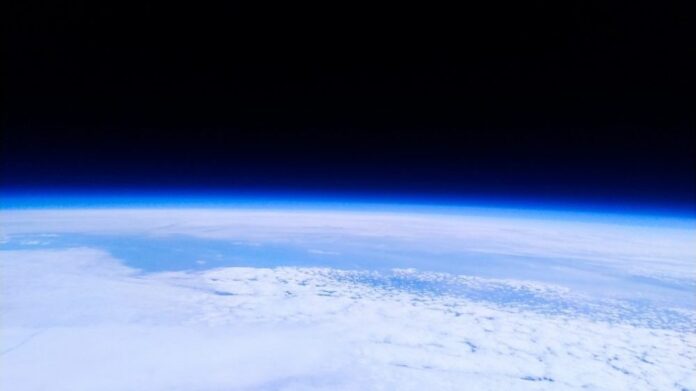Researchers have made a fascinating discovery of an exoplanet named LTT9779b, which is characterized by its intensely hot environment and unique atmospheric conditions. Described as the brightest planet found outside our solar system, LTT9779b has baffled scientists with its unexpected features.
Unusual Characteristics of LTT9779b
LTT9779b is approximately the size of Neptune and orbits its star in a remarkably short period of 19 hours. The star-facing side of the planet experiences scorching temperatures reaching up to 2,000 degrees Celsius. This intriguing exoplanet, situated about 260 light years away from Earth, was initially detected by NASA in 2020. However, further investigations were carried out by the European Space Agency’s Cheops space telescope, specializing in exoplanet exploration.
A Planet That Defies Expectations
The initial findings of LTT9779b posed a significant challenge to researchers due to its high reflectivity, scientifically referred to as albedo. Typically, most planets and moons possess a low albedo as they tend to absorb light rather than reflect it. Exceptions to this norm include icy worlds like Europa and cloudy planets like Venus.
Titanium Rain in a Metallic Atmosphere
The atmosphere of LTT9779b intrigued scientists as it appeared excessively hot for cloud formation, even if the clouds were composed of metals or glass. However, it was discovered that the planet’s atmosphere contains an abundance of metal and silicate vapors, leading to the formation of droplets, including raindrops made of titanium. This unique phenomenon can be likened to a bathroom steaming up when the air becomes oversaturated with water vapor.
The Hot Neptune Enigma
Another peculiar aspect of LTT9779b is its survival as a planet with an atmosphere despite its proximity to its star. Planets of similar size and characteristics would typically have their outer layers burned away. However, the high reflectivity of LTT9779b, facilitated by its metallic clouds, prevents excessive heating and evaporation. The planet’s heavy metallic composition further aids its ability to resist being blown away by stellar winds.
In-depth research conducted using the Cheops telescope allowed scientists to determine the properties and behavior of LTT9779b. However, further investigations using the Hubble and James Webb space telescopes are anticipated to provide additional insights into this intriguing exoplanet, enabling scientists to paint a more comprehensive picture of its nature and composition.







